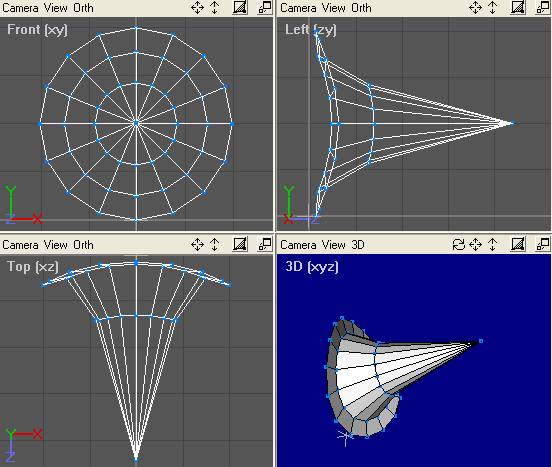
If you want to export/import a color for those, import/export options gives you capability to choose to use Blenders mirror color for that.

Hand editing the materials section of the exported AC3D file might fix this. The final model might display color mismatches (Texture color vs Material color) when viewed in Flightgear.An example plane that will look very different if this is not done is the FGAddon aircraft ASK-13, notice the wingtips.
/UK/Files/10-ArmoredCars/Alvis/Alvis-Straussler_Photo-02.tanks.jpg)
To see textured surfaces as they will be shown in FlightGear, go into the material texture and set the blend type to Multiply instead of the default Mix (the importer will also do this automatically).Alternatively set textured solid in solid view. Inside Blender when you want to see the textures, be sure to set the shader to GLSL (or for 2.7+ just set view mode to materials).Before you export make sure to exit Edit Mode or some of your last changes won't be exported.Before you export a model with this addon, make sure that you set the UV map and texture inside the material, not just inside the UV editor.For more information read Blender 2.6 AC3D Importer & Exporter topic on the forumīranch of majic79's plugin targeting Blender 2.62 (Abandoned)īranch of majic79's plugin targeting Blender 2.60 (Abandoned)īranch of majic79's plugin targeting Blender 2.59 (Abandoned) NikolaiVChr's fork of majic79's add-on, with a special branch for Blender 2.80 It has been forked from its original to provide support for Blender 2.8. The prominent add-on for using AC3D files in Blender is called Blender-AC3D. Importing and exporting AC3D files Note Modern versions of Blender (2.5+) require an add-on to work with AC3D (.


 0 kommentar(er)
0 kommentar(er)
